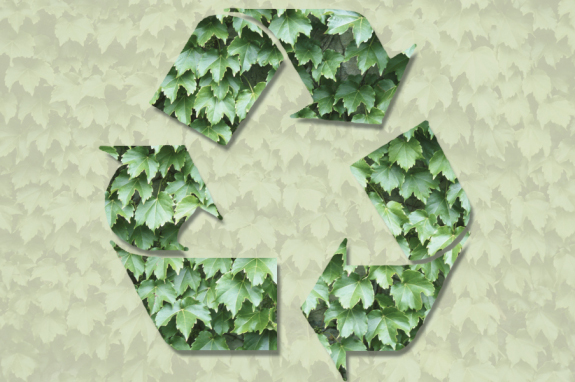With just about every company claiming to be greener than the next, consumers can be forgiven for being confused. Recently the federal Competition Bureau and the Canadian Standards Association teamed up to produce guidelines aimed at avoiding “greenwashing” — whereby advertisers, either intentionally or inadvertently, make false or misleading environmental claims about a company or product. The message is simple: don’t make claims that you can’t back up.
The new guidelines, Environmental Claims – A Guide for Industry and Advertisers, have two principal objects. First, they are designed to clarify how to apply the original “green” standard (CSA-ISO 14021) for self-declared environmental claims (i.e. environmental claims that are not independently verified by a third party) in everyday marketing situations. Second, they are intended to guide industry and advertisers on how to comply with the false advertising laws under the Competition Bureau’s jurisdiction, namely the Competition Act, the Consumer Packaging and Labelling Act, and the Textile Labelling Act.
Specifically, the guidelines recommend not making vague and non-specific claims, such as “environmentally friendly” and “all natural,” because they are difficult to substantiate and almost impossible to verify. These terms should be reserved for products and services whose life cycle (from raw material acquisition or generation of natural resources to final disposal) has been thoroughly examined and independently verified.
Furthermore, most self-declared claims will require an explanatory statement. For example, “less material was used in this product” is discouraged while “this product has been designed to use less raw materials than the model produced last year” is preferred.
There are special rules for using the “Mobius loop” (that thingy which looks like three arrows trying to bite each other), which, according to the guidelines, is the environmental symbol that is most widely recognized by shoppers, although most of them know only that it has “something to do with recycling.” The Mobius loop may apply to the product or the packaging, but if there is any potential for confusion about which it applies to, it should be accompanied by an explanatory statement. For example, if the Mobius loop is used for claims of both recyclability and recycled content simultaneously, the symbol must be accompanied by an explanatory statement supporting both claims, and the percentage of recycled content must accompany any statement of recycled content, even if the percentage appears inside or next to the symbol.
Similarly, where claiming a product, packaging or any associated component is “recyclable,” it is not enough to confirm that there are municipal or industry collection systems where the product is sold to make the claim — there must also be facilities to process the collected materials and reuse them as an input material for another product that can be marketed and used. Furthermore, generalized qualifications such as “recyclable where facilities exist,” which do not convey that these facilities could be inconveniently located relative to purchasers, are seen as inadequate.
The guidelines, however, are just that: guidelines. They are voluntary and a deviation from them does not, in and of itself, necessarily result in a contravention of the law. On the other hand, the Competition Bureau is quick to point out that it will use the guidelines as a reference for evaluating all environmental claims, so that “advertising that complies with the best practices and principles outlined in the guide is unlikely to raise an issue with the bureau.”
The guidelines were finalized on June 25, 2008 but allow for a one-year transition period, after which one can presumably expect a “crackdown” on the use of unsubstantiated and unverified environmental claims. However, the bureau has indicated that if “particularly egregious cases of false or misleading environmental advertising are identified” before the end of the transition period, it will take whatever measures it deems necessary to enforce compliance with false advertising laws. Advertisers who are unsure as to whether a proposed environmental claim would run afoul of the law may wish to consider requesting a binding legal opinion from the Competition Bureau under its Program of Advisory Opinions.
Ian Richler is an environmental lawyer at Gowling Lafleur Henderson LLP in Toronto.
Lori Rogers is an articling student, at Gowling Lafleur Henderson LLP in Toronto.










Very good write-up. I certainly like this website. Thanks!